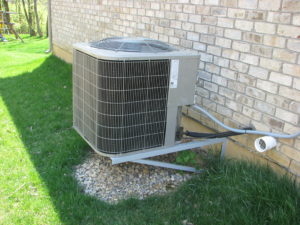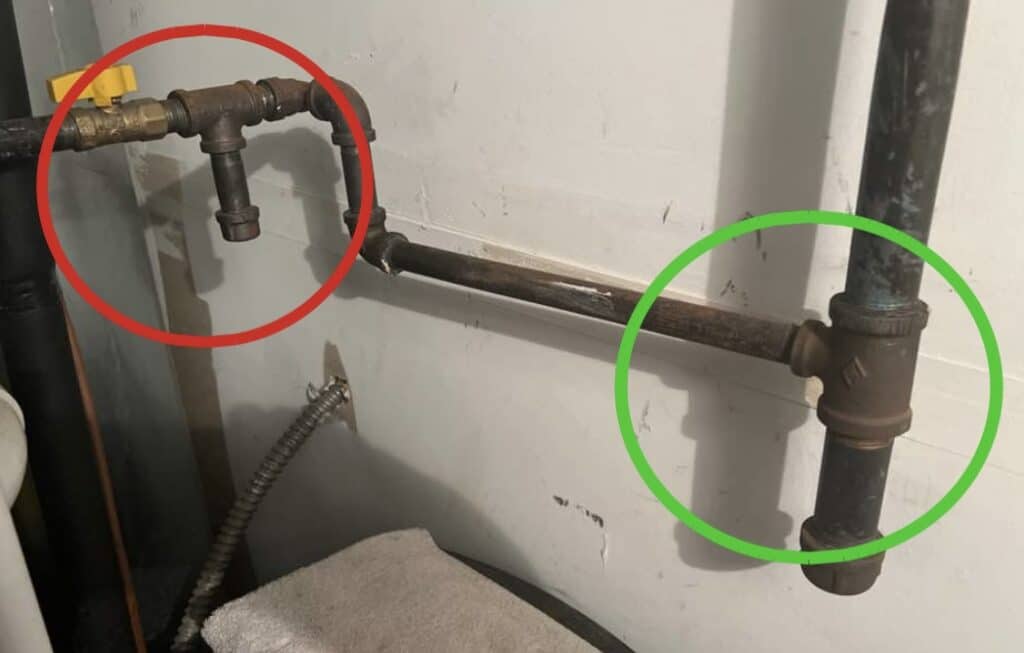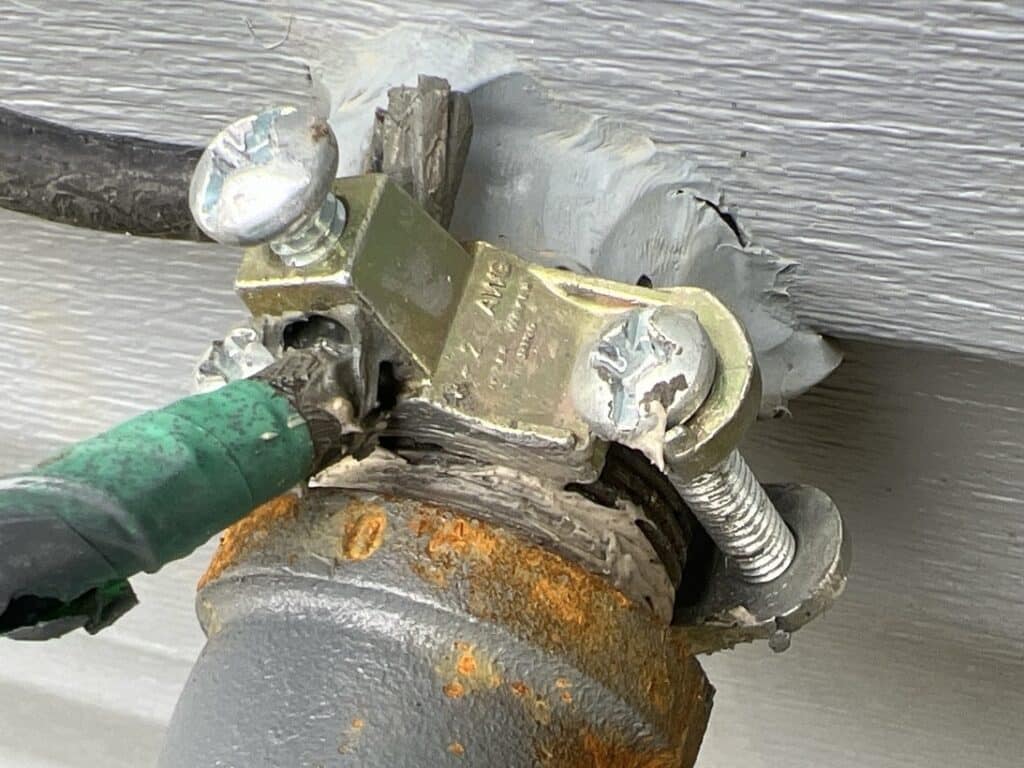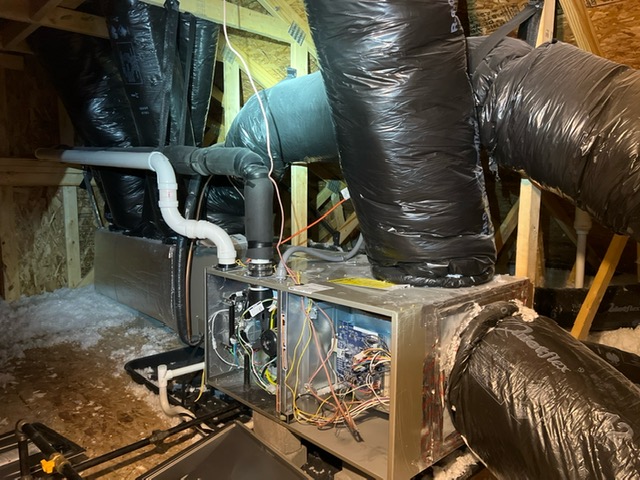If you are considering adding air conditioning or heating to a house, the first thing to understand is how air travels. Hot air rises to the ceiling and cold air sinks to the floor. With this in mind the ideal house would have two sets of duct work, one for cooling that puts out air at ceiling height and a second that is for heat distributing it at floor level.
In most cases this is not going to happen because of cost.
Cooling Information
There are four types of systems to mechanically cool a house.
- Room air conditioners cool 1 or 2 rooms, but are noisy in most cases. These can be mounted in windows or walls depending on the unit.
- Split component units (Mini Splits)connect an inside wall mounted unit and outside condenser connected by refrigerant tubing and wiring, thus making a little quieter. This type of air conditioner has an air handler mounted (nearly flush) on the wall in each room that allows the occupants of the rooms, to individually control their temperature.
Both room air conditioners or mini splits, can in some cases be cheaper to operate than zoning and/or operating units at different times, such as, upstairs in the nighttime and downstairs in the daytime. - The most common type of air conditioning system is the ducted split system. Split air conditioning with blowers and coils share the same ductwork and blower with a heat pump or gas, electric or oil furnace. This allows the use of the same 8, 10 or 12-inch ducts for both heating and cooling.
- High velocity systems such as Spacepak or Unico, use a 2″ insulated flexible aluminum tube type duct work to supply cooling to the house. This type of instillation is ideal to retro fit in an older house that has radiators (hot water or steam) or a house where adding large duct work would destroy the make-up of the home. One system can be installed in the attic of a three level home and cool all three levels comfortably. These systems can also have a heat pump added for heating. Typically these systems can be installed in one day with little or no sign of their instillation visible.
Heating Information
If the only place to install a furnace is in a utility room with a washer and dryer or within the same area as the washer and dryer (Example: an open basement) precautions should be taken. A regular type furnace cannot be used without the possibility of voiding the warranty.

If the furnace will be in a small enclosed area or will be situated near the laundry, you should consider:
A closed combustion furnace.
90% efficient or there are several 80% efficient furnaces which are less expensive to purchase that bring air in from the outside to burn.
If the furnace will not be situated near the laundry or enclosed in a small room/closet then the choice will be yours. You can choose any type of furnace and it will operate satisfactorily. It is not cost effective to change out a perfectly good 80% efficient furnace for a newer on that is 90% efficient if all you want to do is save money. The 10% savings could take fifteen to twenty years to break even.







